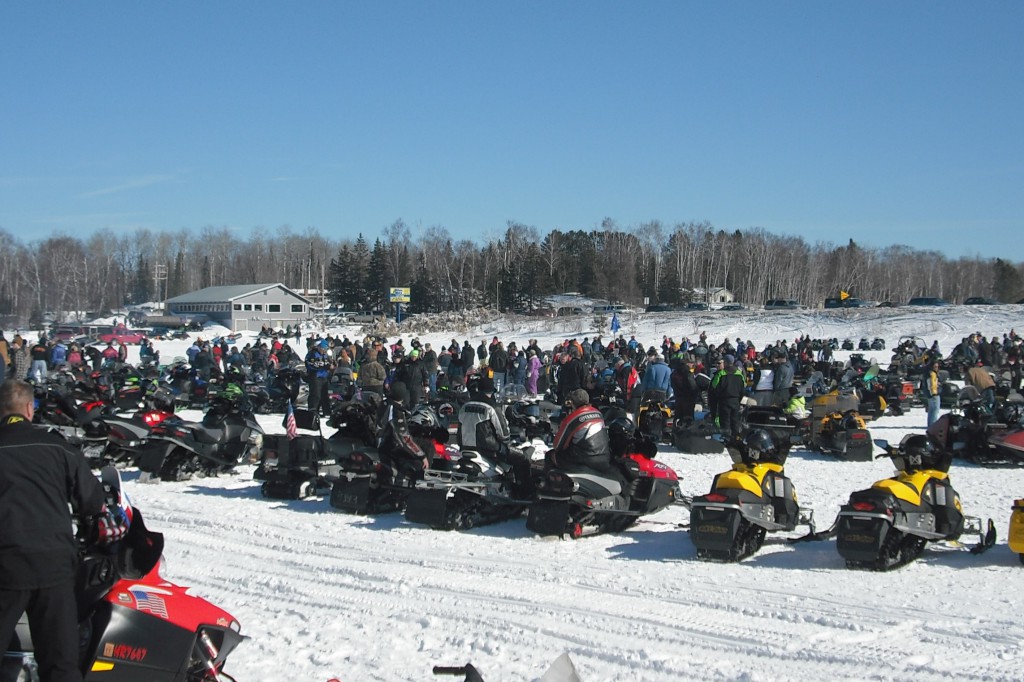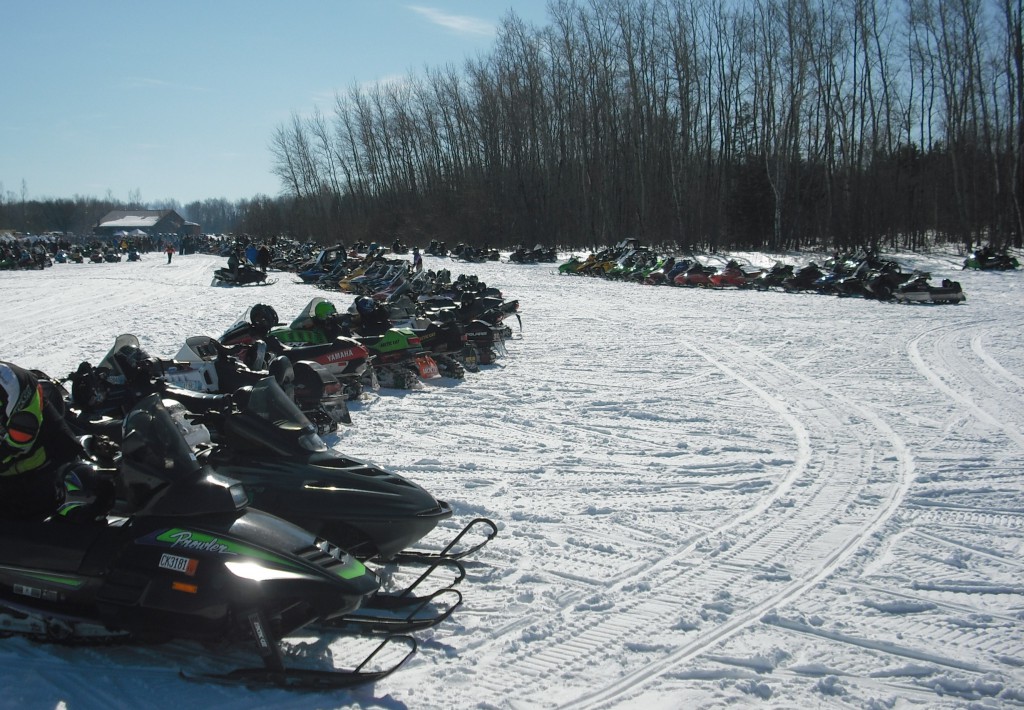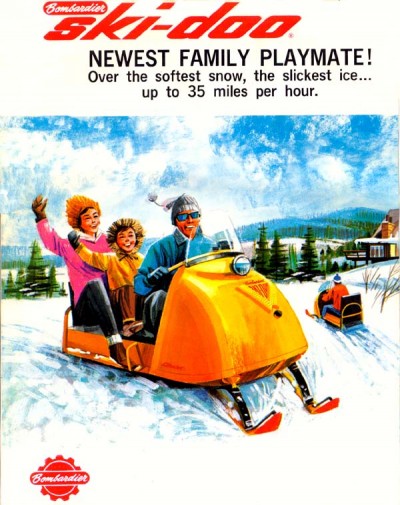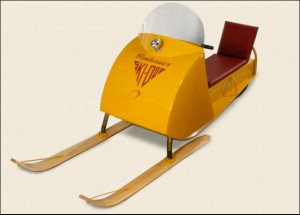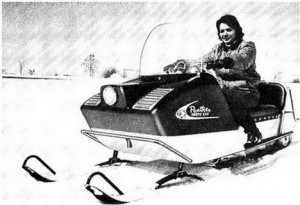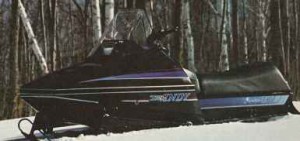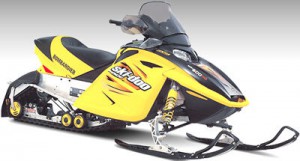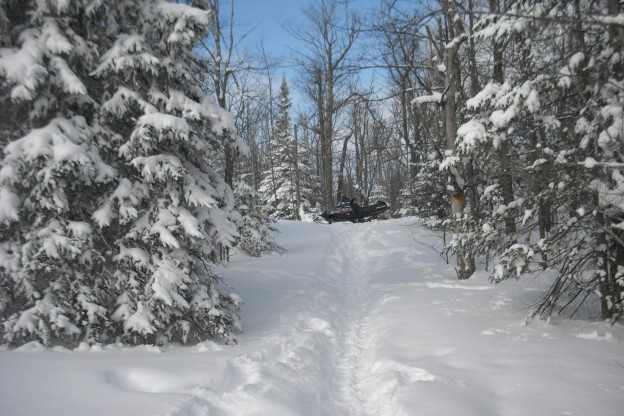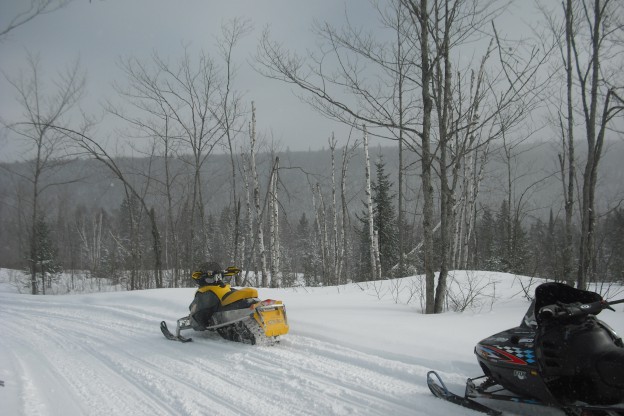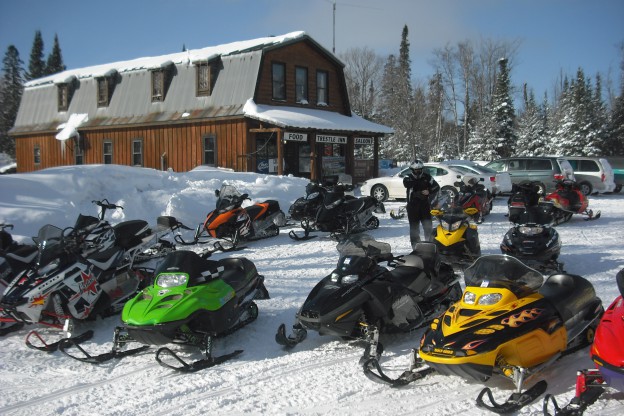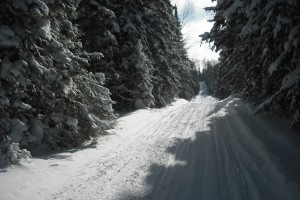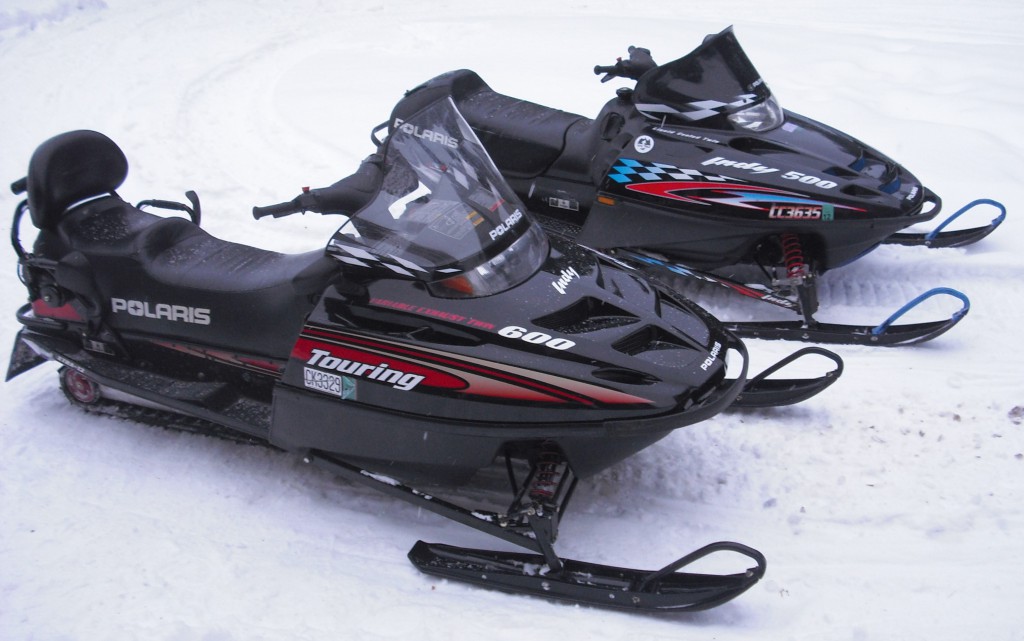 With winter just around the corner many of you may be looking at buying a snowmobile. Whether you are a first time buyer or adding another sled to your garage here are some valuable tips for finding the right snowmobile for you.
With winter just around the corner many of you may be looking at buying a snowmobile. Whether you are a first time buyer or adding another sled to your garage here are some valuable tips for finding the right snowmobile for you.
- Fall is a sellers’ market and spring is a buyers’ market, but either way most sleds will be overpriced: If you are looking at getting a sled now you are looking at one of the worst possible times. Fall is a sellers’ paradise. Everyone has the bug to get a sled for the upcoming winter, the only possible worse time to buy a sled is if the winter came early and there was a ton of snow on the ground creating a high demand. The one thing that you can be certain of at any time of year is that most of the sleds out there will be overpriced. It seems most sellers either think their sleds are worth more than they are or they are throwing out a ridiculously high price to see if anyone bites. This usually results in a sled sitting there unpurchased for a long time. The truly good deals get snatched up right away so if you see one go check it out before someone else does. I’ve seen sleds sell within five minutes of being posted and I’ve seen others sit there for months- both of these scenarios have one key ingredient- price. If the price is right it will sell fast. If you wait until spring you will always find the best deals. As the snow melts people get desperate to sell their sleds before they have to store them for the winter. This is also a good time to get a new sled from a dealer for the exact same reason, they don’t want to have any previous years’ carryover sitting in their storage area so they are willing to make a deal.
- Target the right sled for your needs: This is a valuable piece of advice. What are you using this sled for? What is you riding style? Are you a trail rider, a ditch banger or a boondocker? Do you put on a ton of miles or do you just go on the occasional weekend ride? Do you need a wok horse that pulls trailers of wood or a fish house? Luckily the manufacturers have filled every imaginable niche: Trail sleds, touring sleds, one up touring sleds, crossovers, utility sleds, mountain sleds, you name it they make it. When I first moved back to Minnesota and got back into snowmobiling I was at a point in my life when the right sled for me was a touring sled. I had a young daughter and I figured I would either be riding with her or my wife. I bought the touring sled first and it wasn’t long before my wife decided she wanted her own sled so all three of us could go at once. She was a fairly aggressive rider so I bought her a sled that not only matched her capabilities but one that I could ride just as hard with my buddies. A few years later my daughter decided it would be much better to ride her own sled than to be on the touring sled with mom or dad so I bought a fan cooled sled that could be driven slow, was easy to start, and was light enough to get unstuck easily. Pick a sled that best meets your needs and your current lifestyle.
- Research: One of the best tools I’ve found for evaluating a potential sled is doing some research. If you know a reputable sled mechanic, ask him what he thinks of the sled you are considering- if you know someone extremely knowledgeable on snowmobiles ask them. Several years ago I was on the fence about buying a particular sled and I called someone who had a wealth of knowledge about that particular model and brand and he told me to jump all over it- so I did and it turned out to be a great buy. The internet is another fabulous tool. You can look up old magazine reviews about your sled when it was new and better yet there are a ton of snowmobile forums out there that can answer just about any question you may have about engines, reliability, durability- the list goes on and on. The more knowledgeable you are going into it the better off you will be.
- Bring someone with you that knows what they are doing: Speaking of experts if you know someone who knows a lot about sleds bring them with you. It’s always better to have two sets of eyes.
- Inspect the underside of the sled for damage: This is a big one. It pays to look under the sled for signs of damage. I’ve seen trashed belly pans, dented and torn steel and aluminum, bent trailing arms and A arms, dented shocks, you name it. The worst I had ever seen was a tear in the frame that ran all the way from the belly pan to the tunnel. From up above the tear in the metal was completely concealed by the motor but looking underneath you could see that the underside of the sled had suffered severe damage. Check the inside of the tunnel also. I’ve seen my share of bent frames and wrecked heat exchangers.
- Look for signs that the sled has been stored outside: On of the worst things you can do to a snowmobile is let it sit outside all summer long. I’ve never quite understood this one. For some reason people have this mentality that they can leave the sled right where they parked it on the last ride of the season. They don’t cover it, they don’t get it off the ground, they just let it sit there all summer getting rained on and having the hot summer sun beat down on it relentlessly. Would you take your motorcycle and just leave it in your yard exposed to the snow and cold all winter? Of course not- so why would you do this to your sled? Snowmobiles like summer sun and weather about as much as Frosty the Snowman does. If your snowmobile had a choice it would pack it’s suitcase and head north for the summer. Snowmobiles are specifically designed to endure the harshest winter environments. All the parts of a snowmobile from the engine to the track to the frame were designed to work optimally in temperatures below freezing and more specifically below zero. Summer sun and heat quickly degrade the hoods, windshields, seat covers, tracks, handgrips, wind deflectors and brake housings. You can always tell a sled that has been stored outside unprotected because all of these things will be deteriorated or discolored and faded. If the windshield and headlights look like they need that headlight lens restorer it is a good chance that sled has been outside for a while. You will see small cracks in the finish of the hood and the seat will be cracked or torn. Also the brake housing on the handlebars will be faded- this is especially true on Polaris models. The tracks will show signs of dry rot if they have been sitting on the ground for any length of time and quite often you can find decaying leaves or pine needles in the nooks and crannies of the sled, especially in any exterior seams like under a headlight. If all of these signs of outdoor storage are present don’t just walk away- RUN! Because that sled is an endless disaster waiting to happen.
- Mileage: Look at the odometer, get the mileage and ask if the engine has been rebuilt. The average 2 stroke snowmobile engine usually needs a rebuild around 5,000 miles. If it hasn’t been done it will probably need to be. 4 strokes can pretty much run forever, giving them a distinct advantage here.
- The best sleds go fast in the fall: Even at this time of year there a good deals to be had and if you find one, don’t hesitate because everyone is out there looking right now. In the spring you can take a little more time and negotiate a little harder but in the fall if you have an opportunity take it before it is too late.
Following these tips can help you avoid problems and find a snowmobile that will provide you hours of fun this winter. Good luck!
